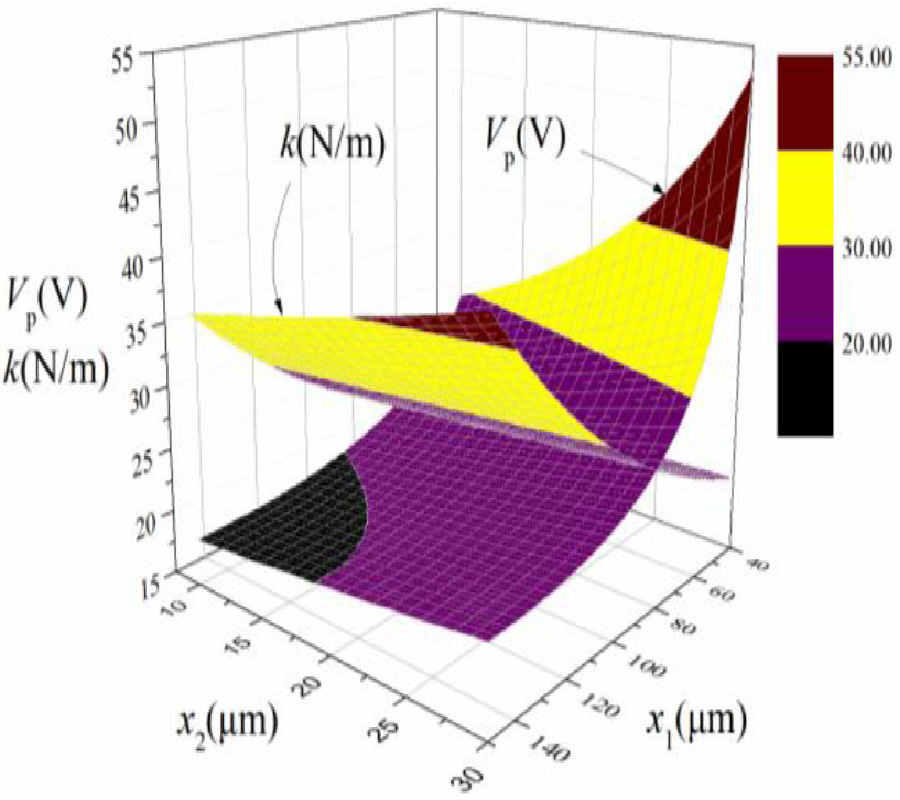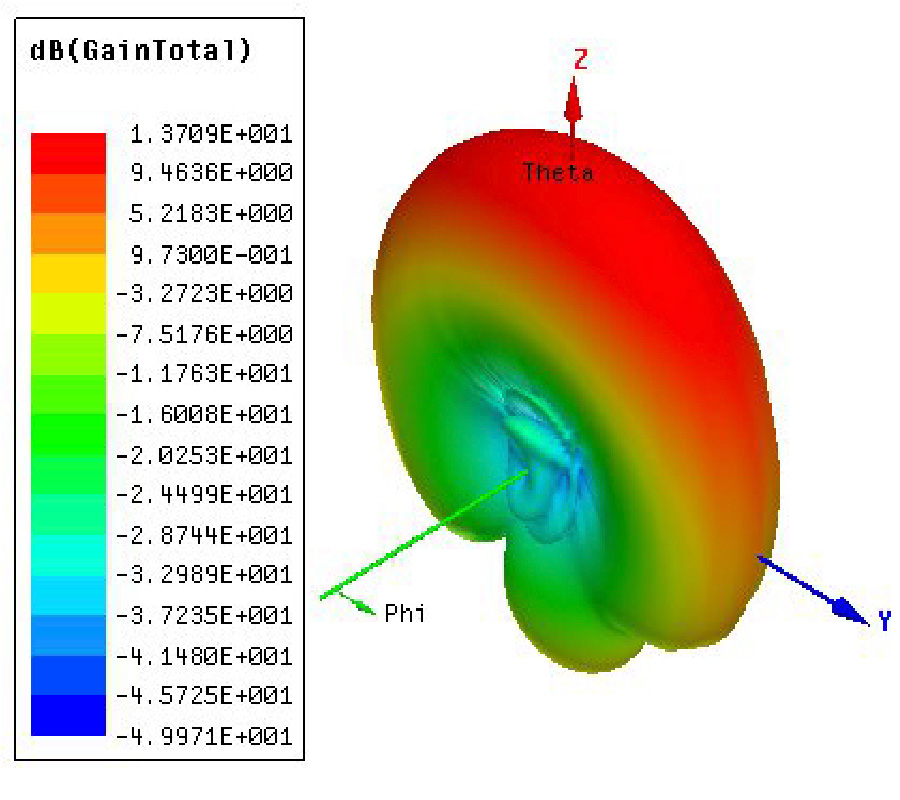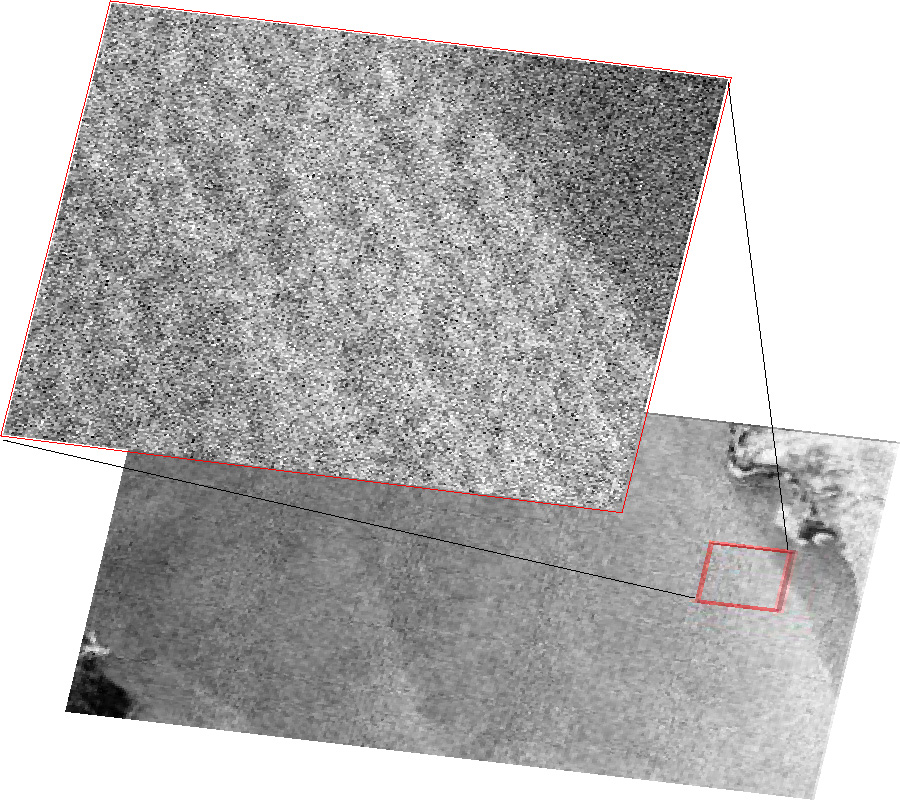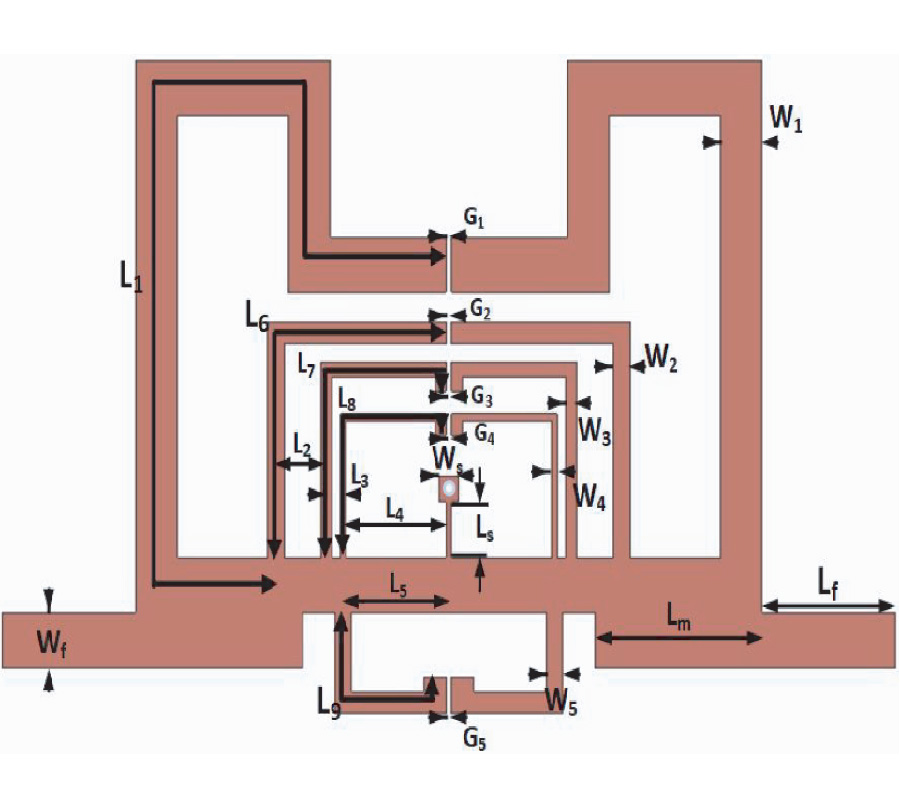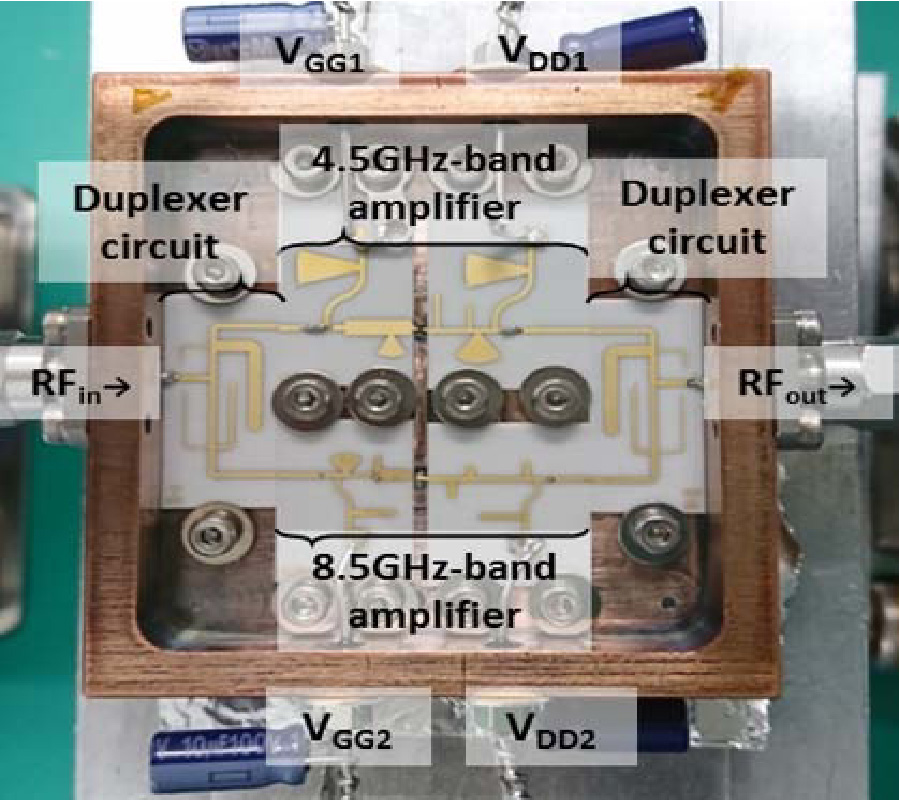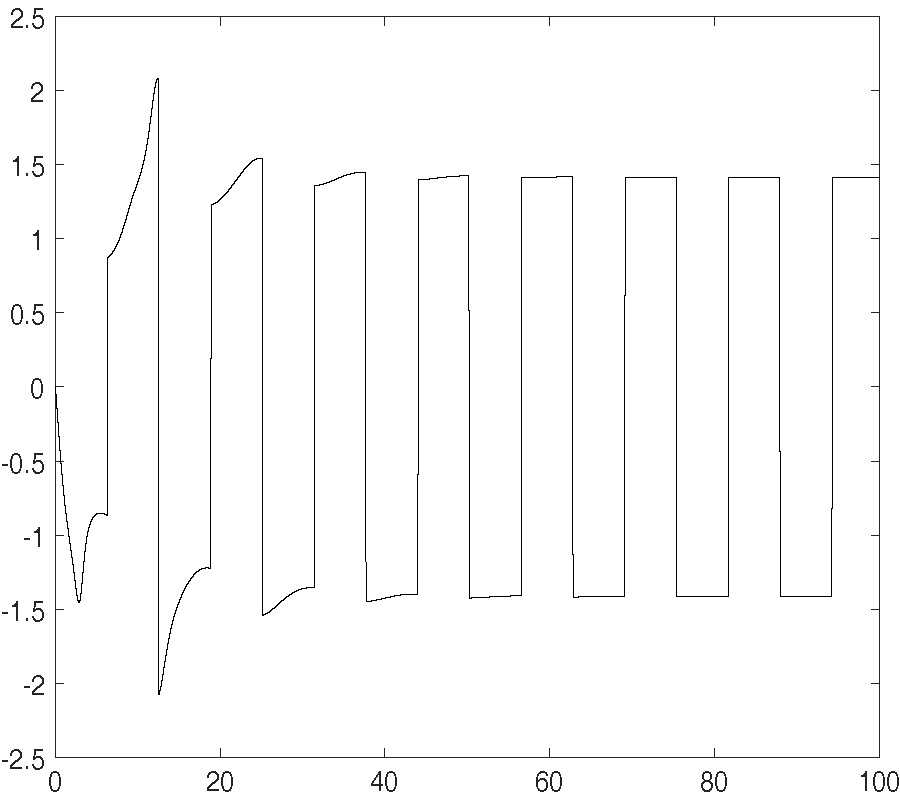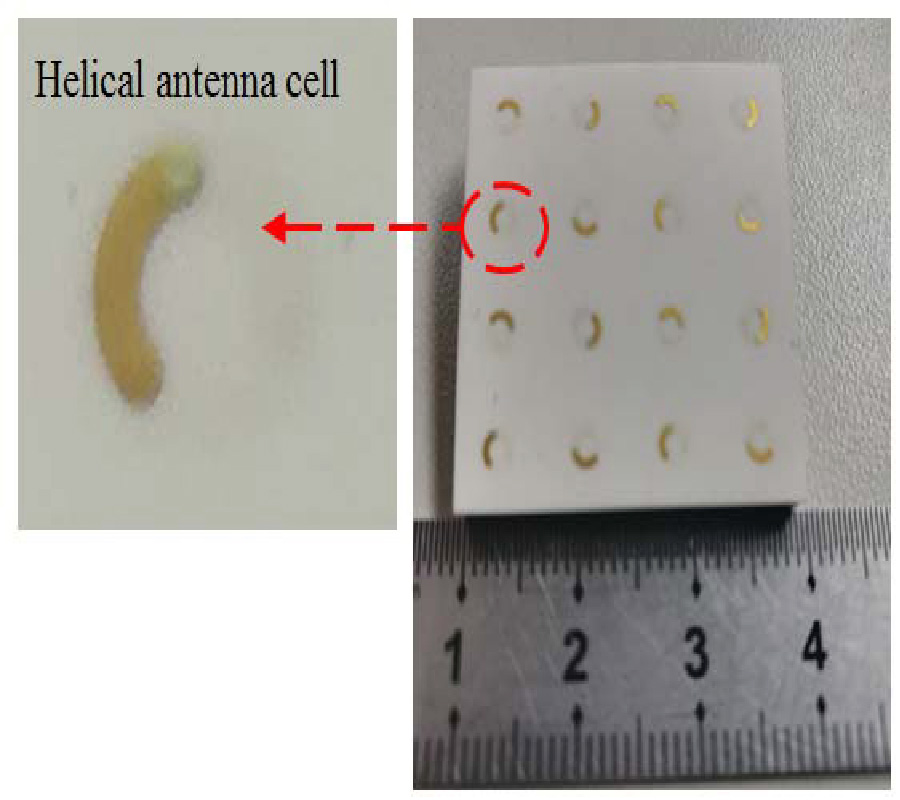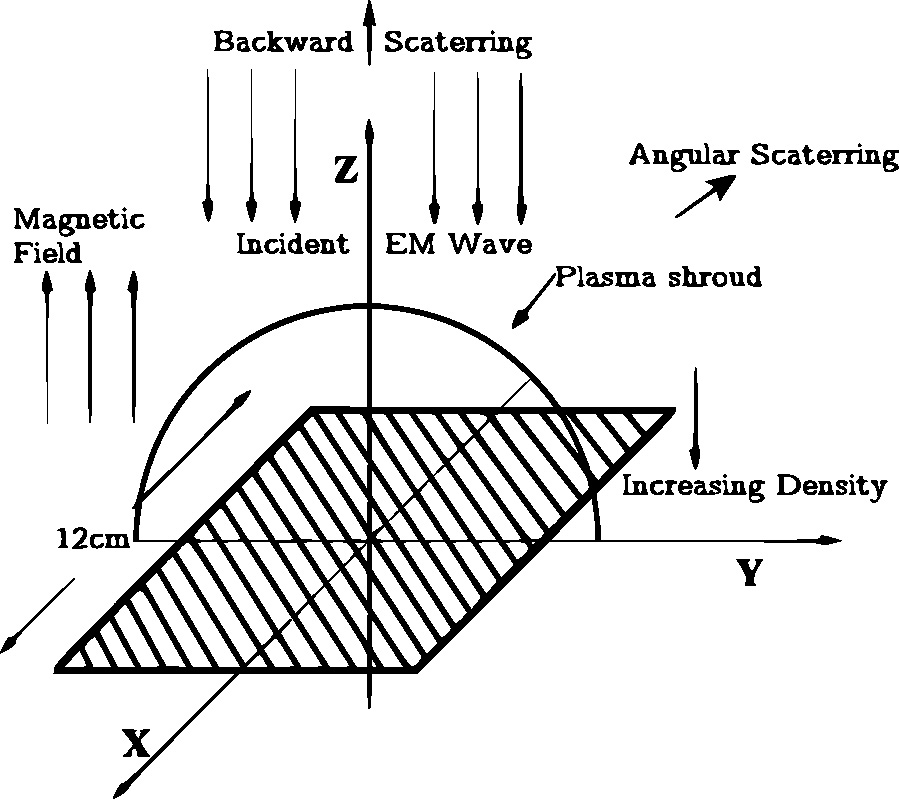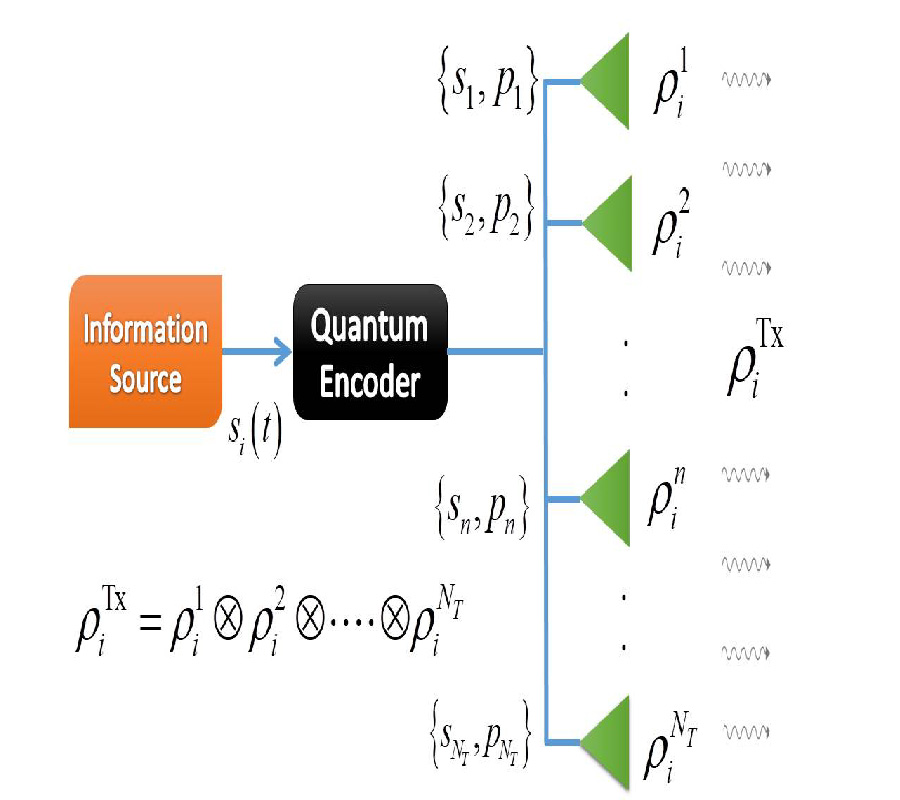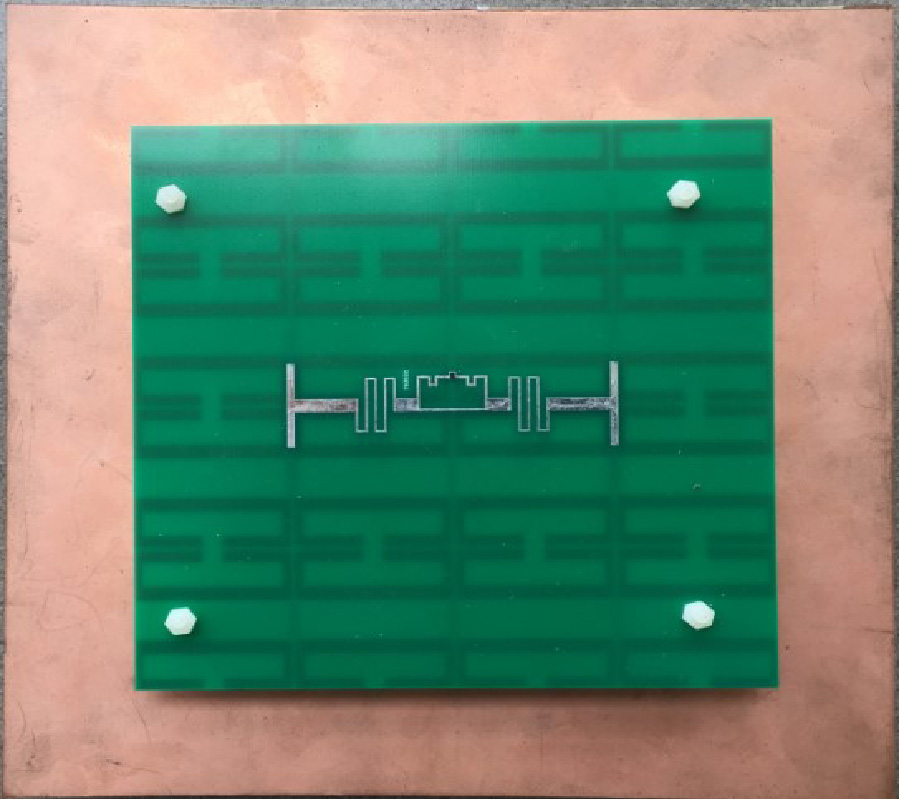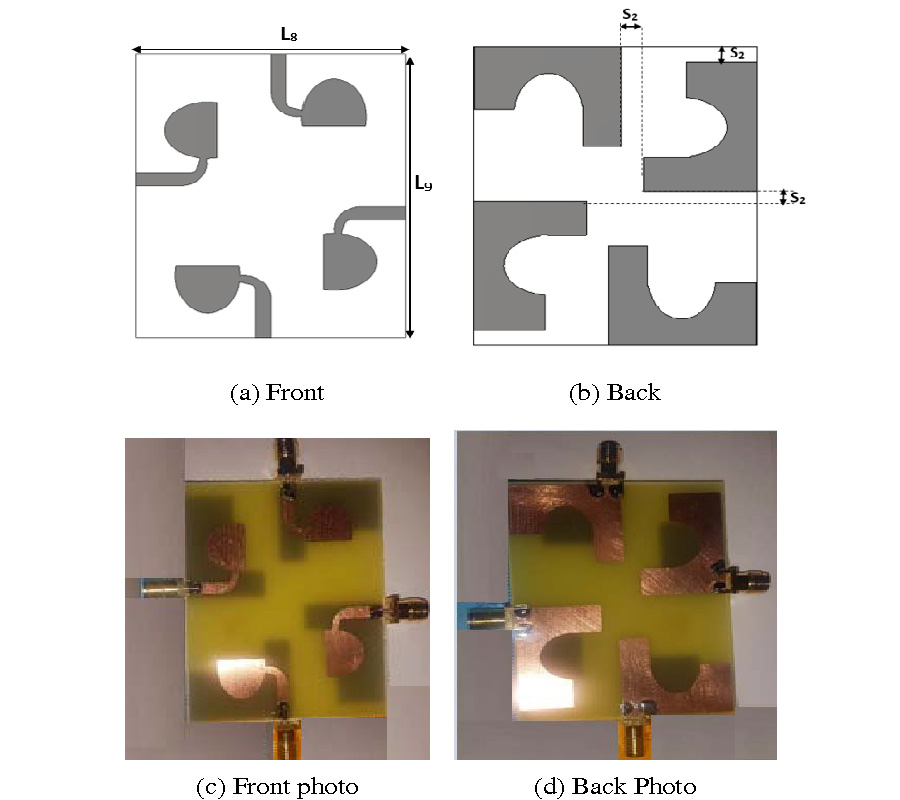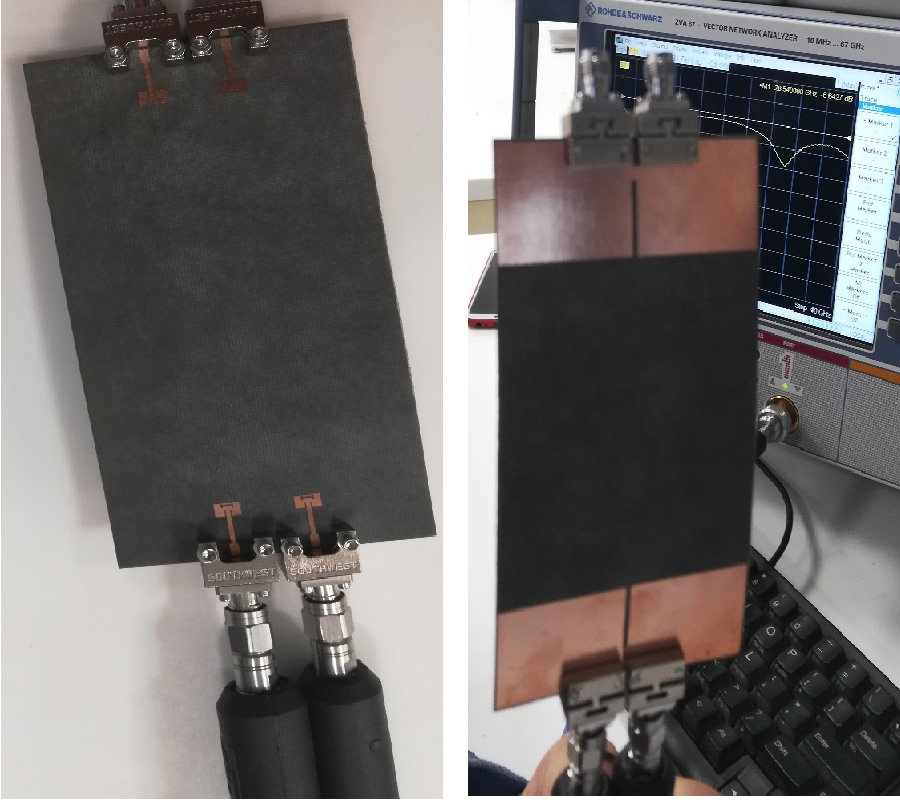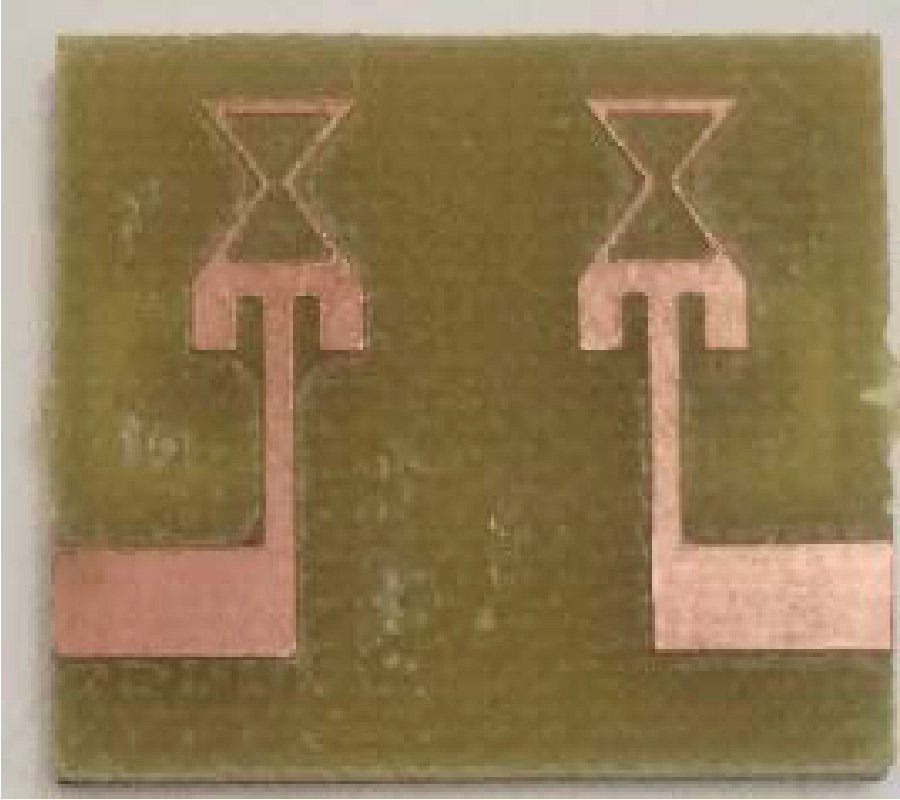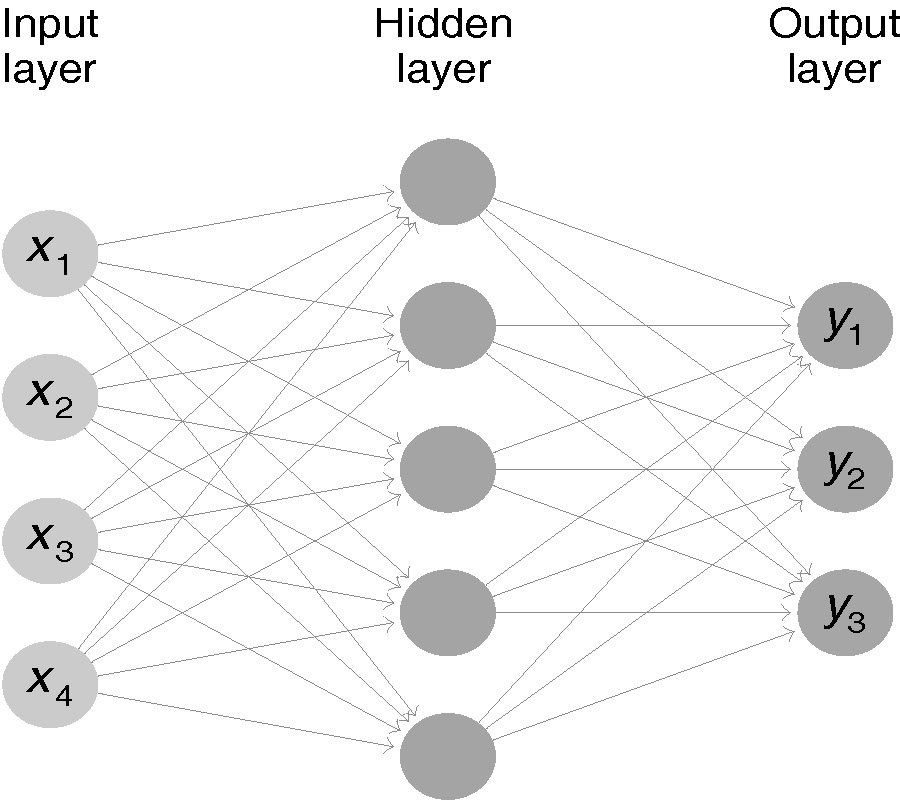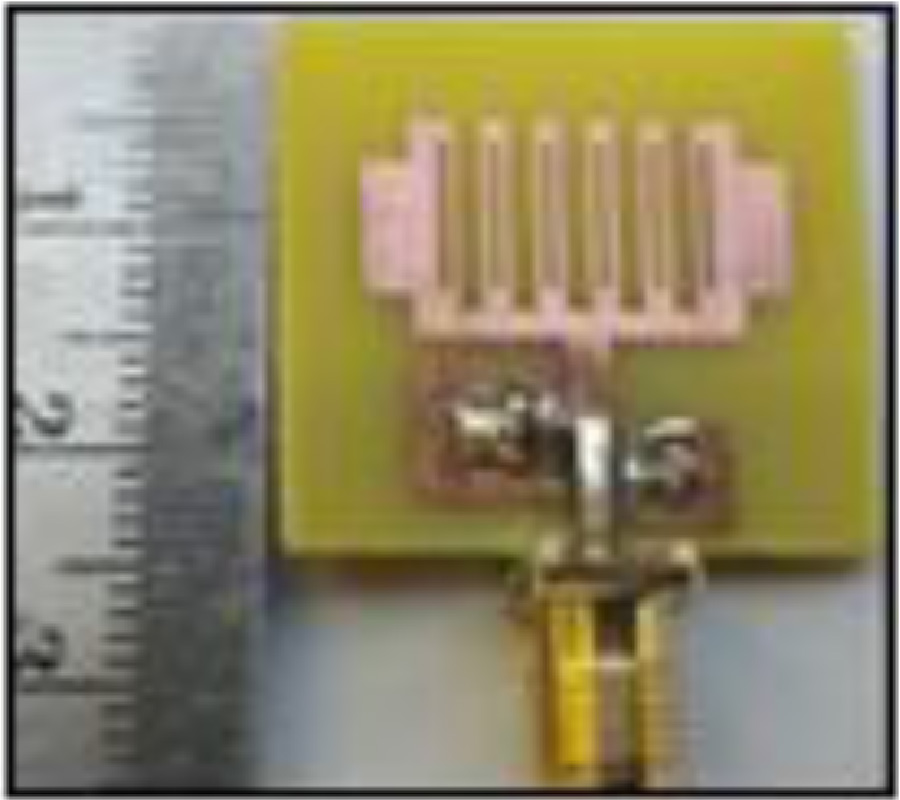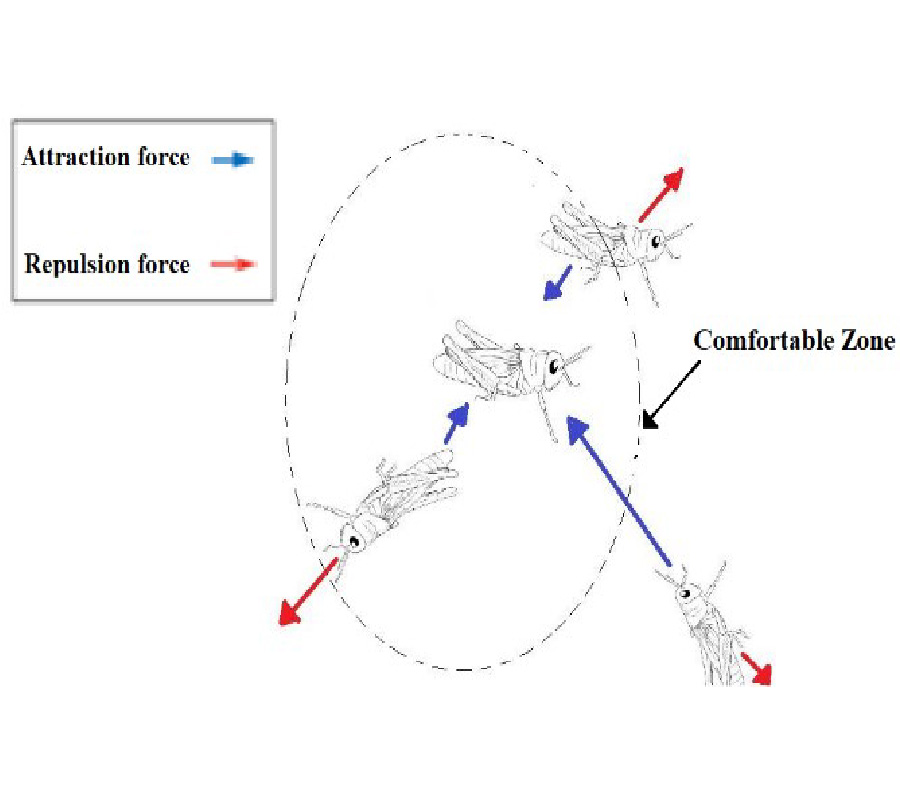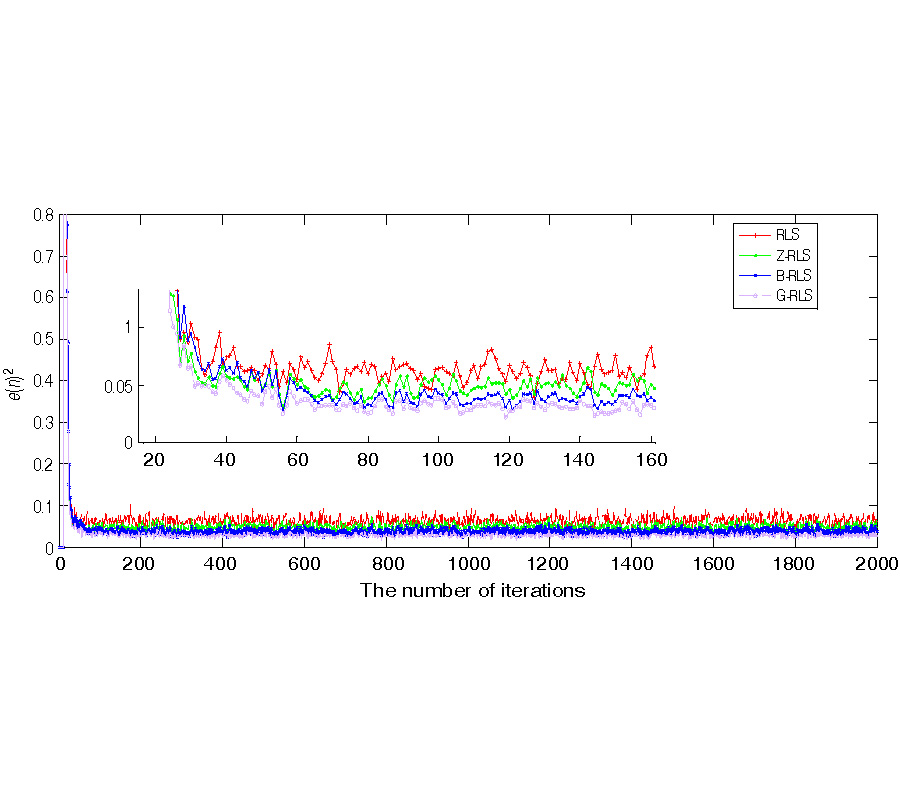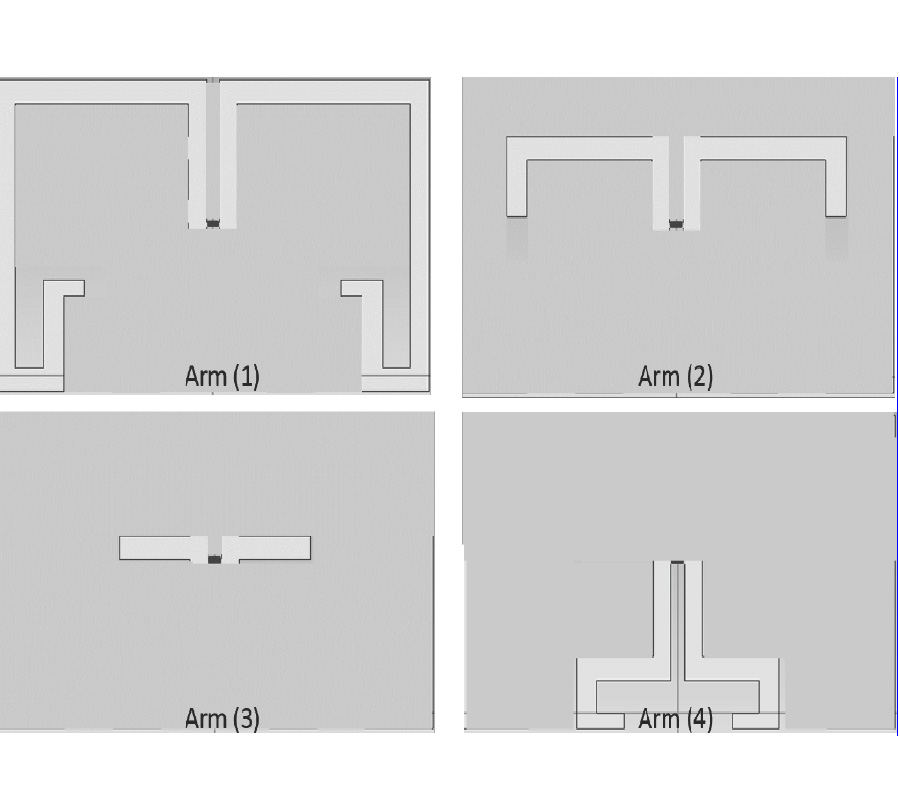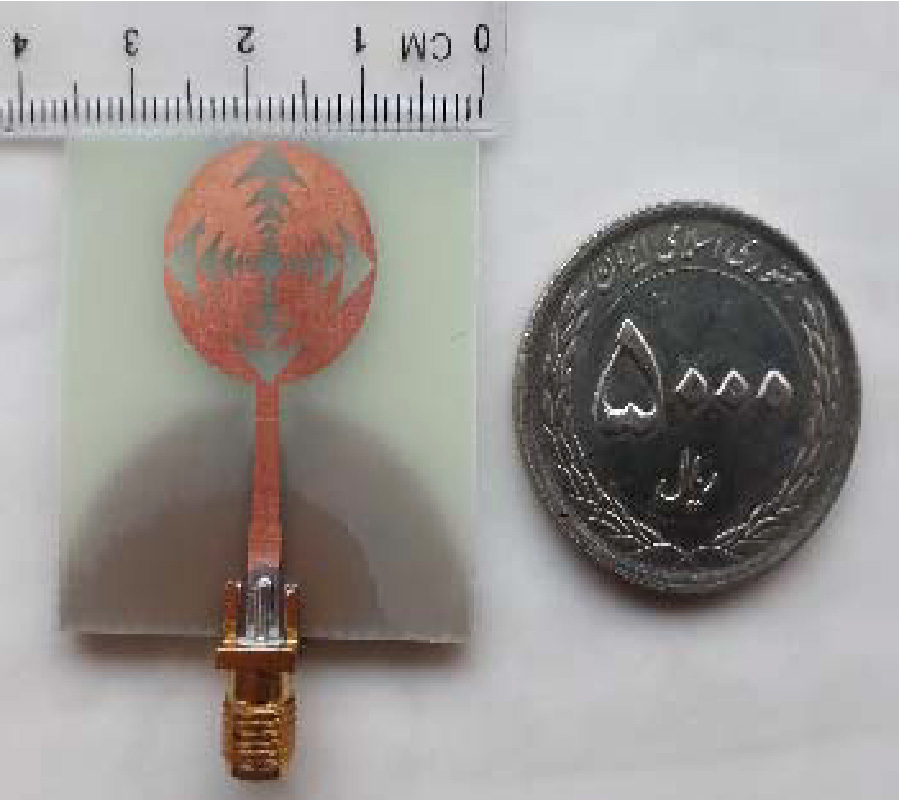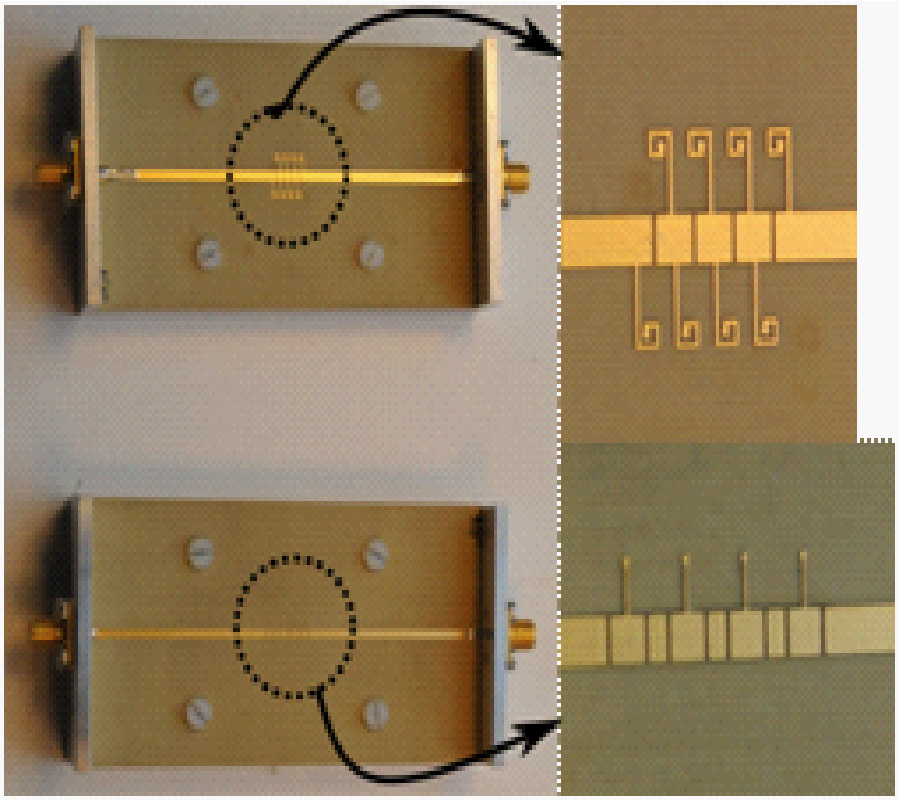Novel Miniaturized Planar Low-Cost Multiband Antenna for Industry 4.0 Communications
Brahim Fady,
Jaouad Terhzaz,
Abdelwahed Tribak,
Fatima Riouch and
Angel Mediavilla Sanchez
This research presents a novel integrated multiband antenna system manufactured and tested for Smart Industries applications. The proposed system consists of a miniaturized planar antenna with multi-arms conceived to cover the most required frequency bands in industry 4.0 such as GPS Band, UMTS Band, ISM Band, LTE Bands, and WiMax Bands. The manufactured design was verified using Arduino programmable circuit board interfaced to SIM900 module and digital sensors for data collection. Depending on the commands received through the human machine interface (HMI) from the end-user, the developed algorithm within the Arduino controls the SIM900 to select the adequate wireless technology to transmit the data and thus reconfigures the antenna to radiate at the target frequency band. The proposed system is easy to deploy inside industrial machines and cost-effective for large scale use. The paper first introduces the main challenges and benefits of miniaturized low-cost antennas systems for Smart Industries and Internet Of Things. Further the parametric study and final dimensions of the design and simulation results are discussed. The proposed design is fabricated, and the measurements of the radiation pattern and return loss are performed. The antenna, with measured maximum gain up to 10 dBi and measured S11 up to -20 dB, exhibits excellent performance for all the frequencies required in Smart Industries such as 1.6 GHz, 1.8 GHz, 2.3 GHz, 2.4 GHz, 2.6 GHz, 3.5 Ghz, and 5.8 GHz. The proposed antenna system was implemented and tested inside an industrial machine for Yogurt and Milk production and compared to existing commercial solutions. This study shows that the proposed antenna system is suitable for smart factories since it is miniaturized for internal integration, and it has self-frequency-adaptation and low power consumption, allowing the end-user to remotely control and monitor machines and smart devices.
